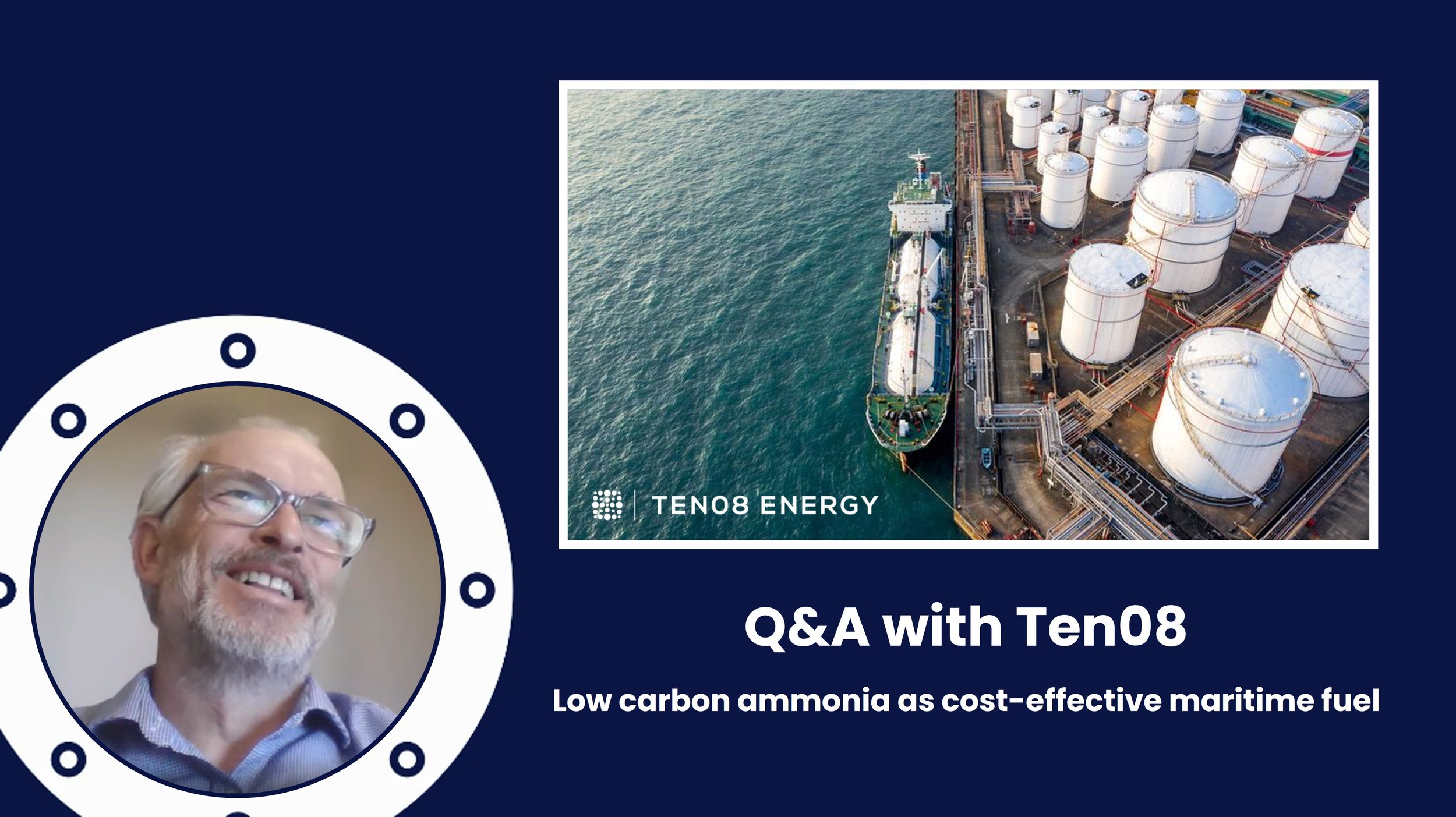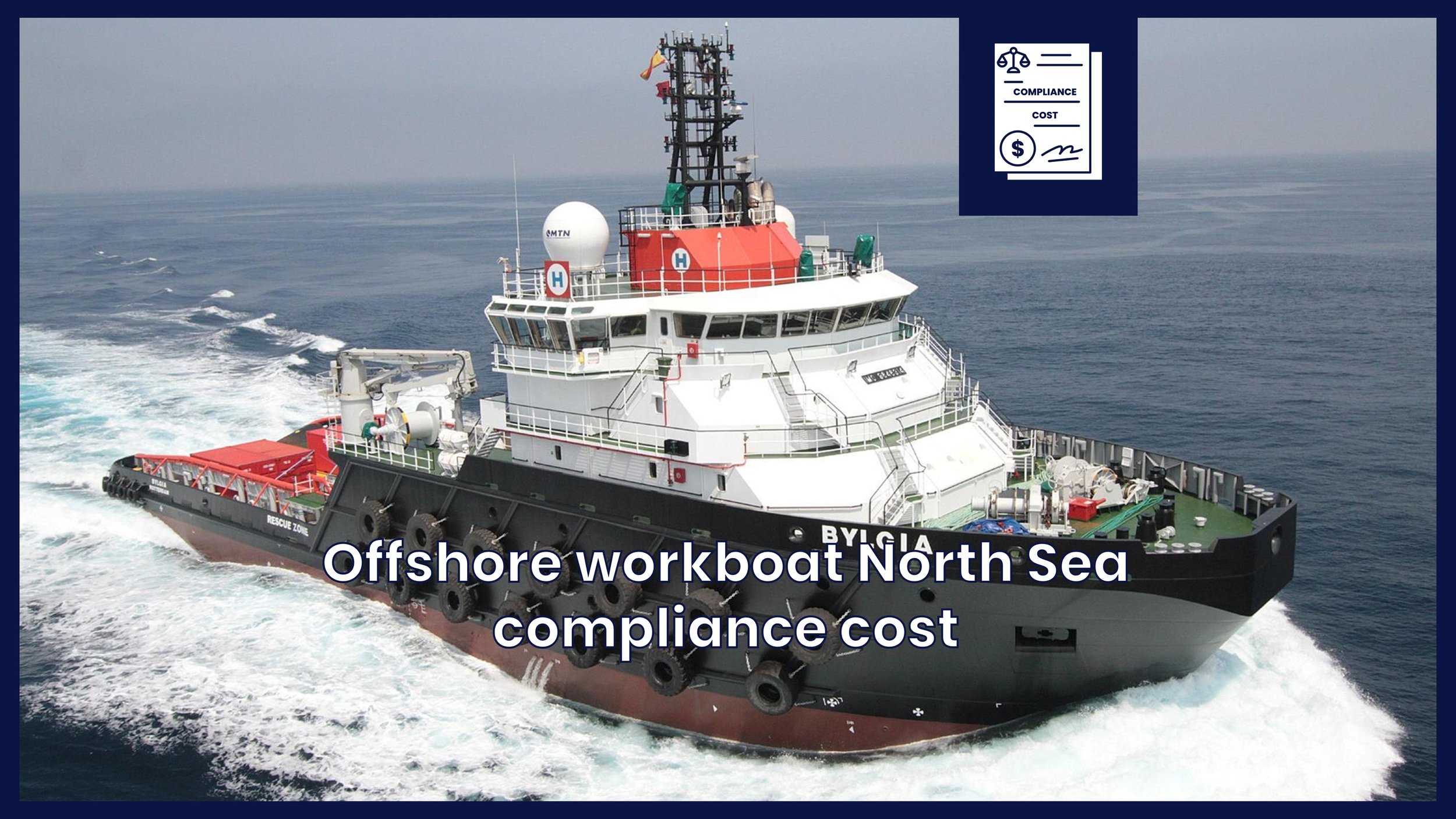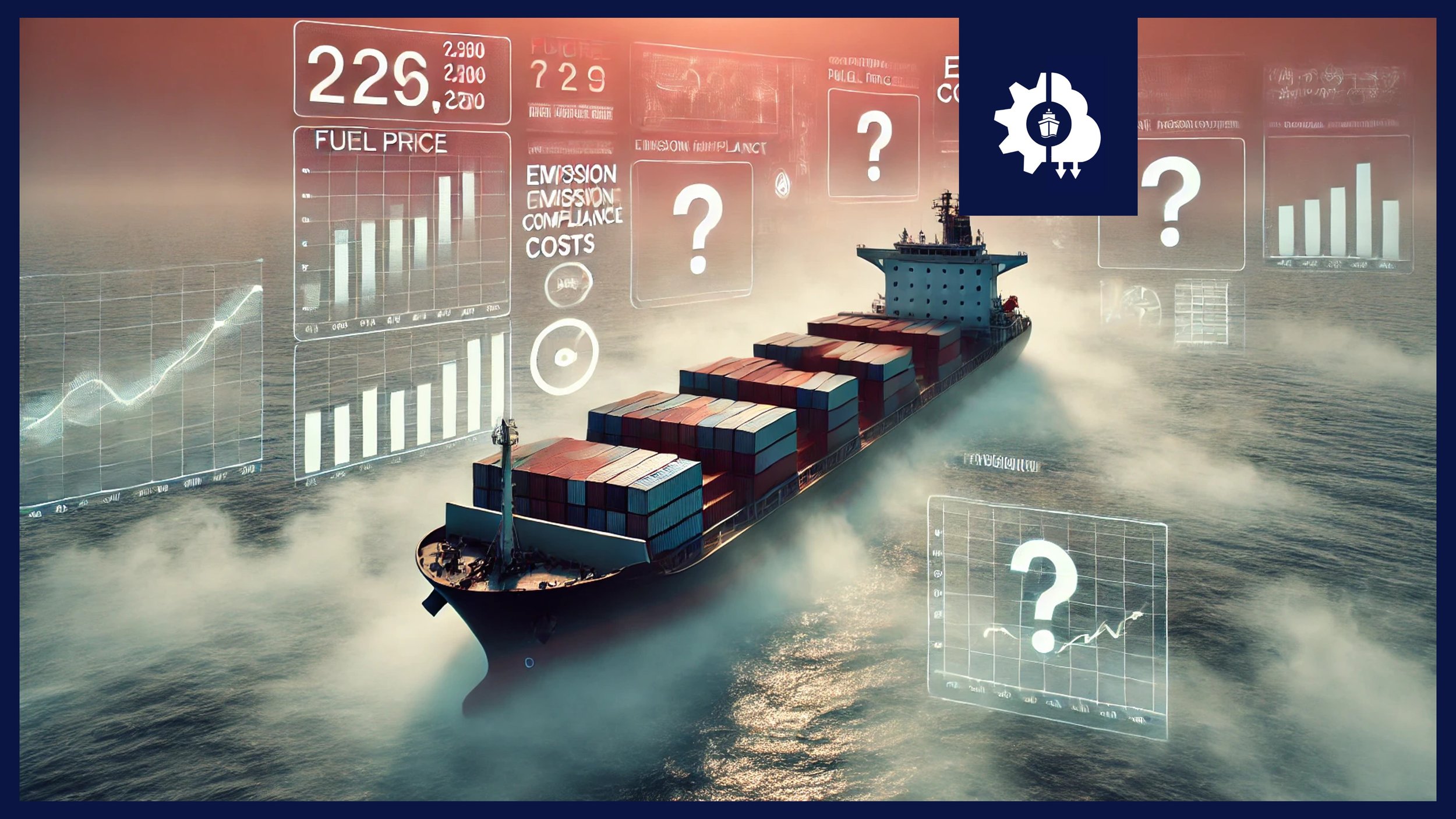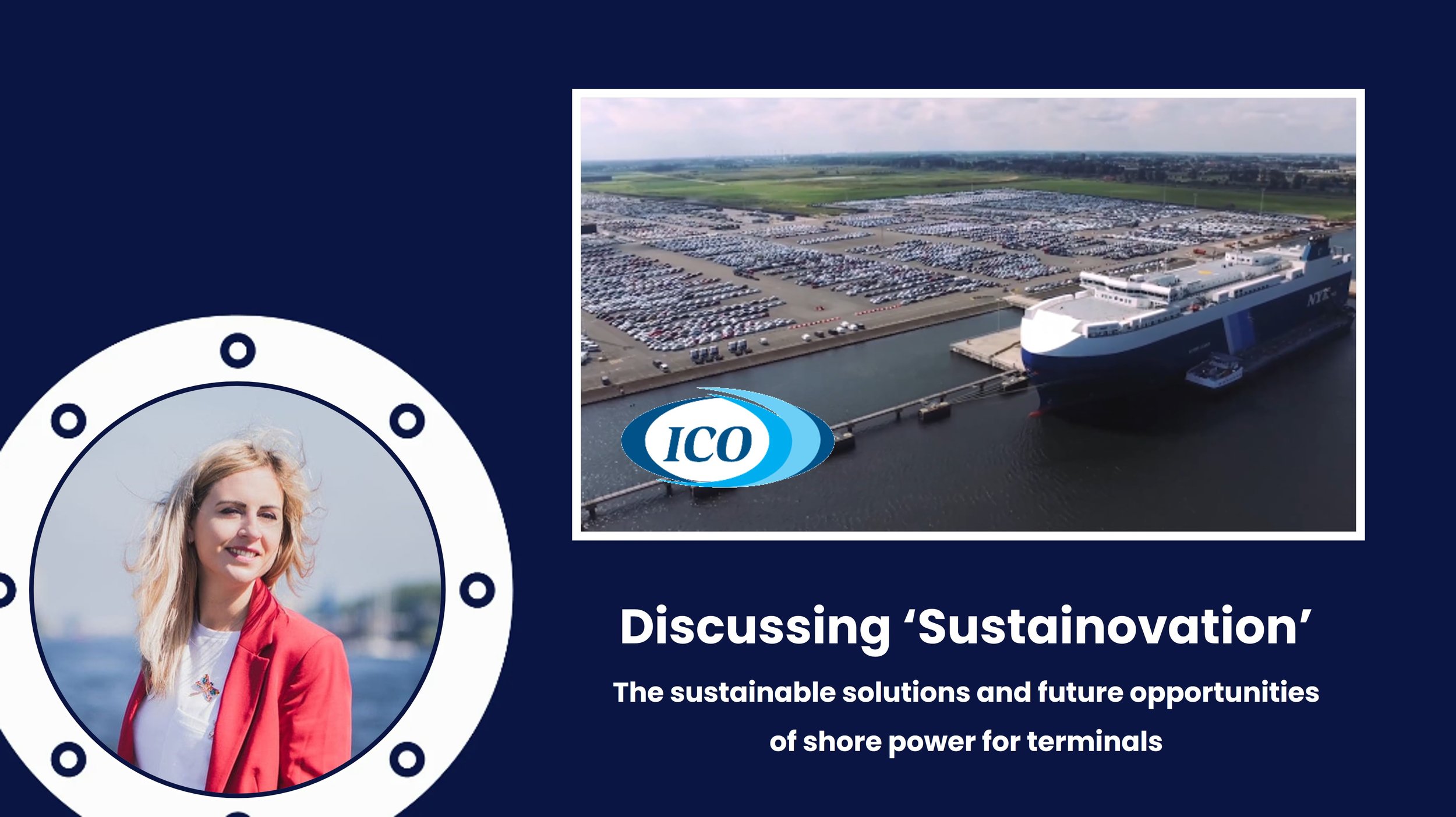Global Sulphur Limit
Sulphur content of fuel oil is limited to 0.50% m/m worldwide outside ECAs
Frequently Asked Questions
-
IMO has been working to reduce harmful impacts of shipping on the environment since the 1960s. Annex VI to the International Convention for the Prevention of Pollution from Ships (MARPOL Convention) was adopted in 1997, to address air pollution from shipping.
The regulations for the Prevention of Air Pollution from Ships (Annex VI) seek to control airborne emissions from ships (sulphur oxides (SOx), nitrogen oxides (NOx), ozone depleting substances (ODS), volatile organic compounds (VOC) and shipboard incineration) and their contribution to local and global air pollution, human health issues and environmental problems.
Annex VI entered into force on 19 May 2005 and a revised Annex VI with significantly strengthened requirements was adopted in October 2008. These regulations entered into force on 1 July 2010. The regulations to reduce sulphur oxide emissions introduced a global limit for sulphur content of ships’ fuel oil, with tighter restrictions in designated emission control areas.
Since 2010, further amendments to Annex VI have been adopted, including amendments to introduce further Emission Control Areas. Energy efficiency requirements entered into force in 2013.
-
After 1 January 2020 the limit of 0.50% m/m will apply for ships operating outside Emission Control Areas.
Until 31 December 2019, the limit for sulphur content of ships’ fuel oil was 3.50% m/m (mass by mass).
-
Under the sulphur limit, ships will have to use fuel oil on board with a sulphur content of no more than 0.50% m/m, as opposed to the previous limit of 3.50%, which had been in effect since 1 January 2012. The interpretation of “fuel oil used on board” includes use in main and auxiliary engines and boilers.
Exemptions are provided for situations involving the safety of the ship or saving life at sea, or if a ship or its equipment is damaged. Another exemption allows for a ship to conduct trials for the development of ship emission reduction and control technologies and engine design programmes. This would require a special permit from the Administration(s) (flag State(s)).
-
Ships can meet the requirement by using low-sulphur compliant fuel oil. These can include:
Low or ultra-low sulphur HFO;
Low or ultra-low sulphur MGO;
LNG
‘Alternative fuels’ such as methanol or ammonia.
Ships may also meet the SOx emission requirements by using approved equivalent methods, such as exhaust gas cleaning systems or “scrubbers”, which “clean” the emissions before they are released into the atmosphere. In this case, the equivalent arrangement must be approved by the ship’s Administration (the flag State).
Most scrubbers expunge their sulphur emissions into the sea however, in international waters, which makes that a not-so attractive option for our (grand) kids.
-
Ships taking on fuel oil for use on board must obtain a bunker delivery note, which states the sulphur content of the fuel oil supplied. Samples may be taken for verification.
Additionally, ships must be issued with an International Air Pollution Prevention (IAPP) Certificate by their Flag State. This certificate includes a section stating that the ship uses fuel oil with a sulphur content that does not exceed the applicable limit value as documented by bunker delivery notes or uses an approved equivalent arrangement.
Port and coastal States can use port State control to verify that the ship is compliant. They could also use surveillance, for example air surveillance to assess smoke plumes, and other techniques to identify potential violations.
-
Sanctions are established by individual Parties to MARPOL, as flag and port States. IMO does not set fines of sanctions - it is down to the individual State Party.
-
Since 1 January 2015, the sulphur limit for fuel oil used by ships operating in Emission Control Areas (ECAs) designated by IMO for the control of sulphur oxides (SOX) has been 0.10% m/m.
The ECAs established under MARPOL Annex VI for SOx are:
the Baltic Sea area;
the North Sea area;
the North American area (covering designated coastal areas off the United States and Canada);
the United States Caribbean Sea area (waters around Puerto Rico and the United States Virgin Islands).
More emission control areas in the Asia-Pacific area are currently ‘in the making’. Read more about ECAs by clicking here.
About Global Sulphur Limit
In 2016, IMO announced a global ‘sulphur cap’ in all waters starting per 2020. The global fuel oil sulphur limit was reduced from 3.5% to 0.5% mass by mass [m/m] outside the Emission Control Areas (ECAs). This limit is for all fuel oil used on board including main and auxiliary engines and boilers. The equivalent arrangement must be approved by the ship’s Administration (the flag State). If a ship does not comply with the sulphur limit the IMO does not set fines or sanctions, this is down to the individual Flag State.
For ships there are two ways to comply with the sulphur limit of 0.5% sulphur, there are ultra-low sulphur fuel oil (ULSFO) and very-low sulphur fuel oil (VLSFO) with a maximum of 0.10% and 0.5% respectively. Ships may also meet the SOx emission requirements by using approved equivalent methods, such as exhaust gas cleaning systems or “scrubbers”. These methods use cheaper HFO with a maximum of 3.5% and reduce the emitted SOx by cleaning the emissions before they are released into the atmosphere. The equivalent arrangement must be approved by the ship’s Administration (the flag State). If a ship does not comply with the sulphur limit the IMO does net set fines of sanctions, this is down to the individual flag state.































